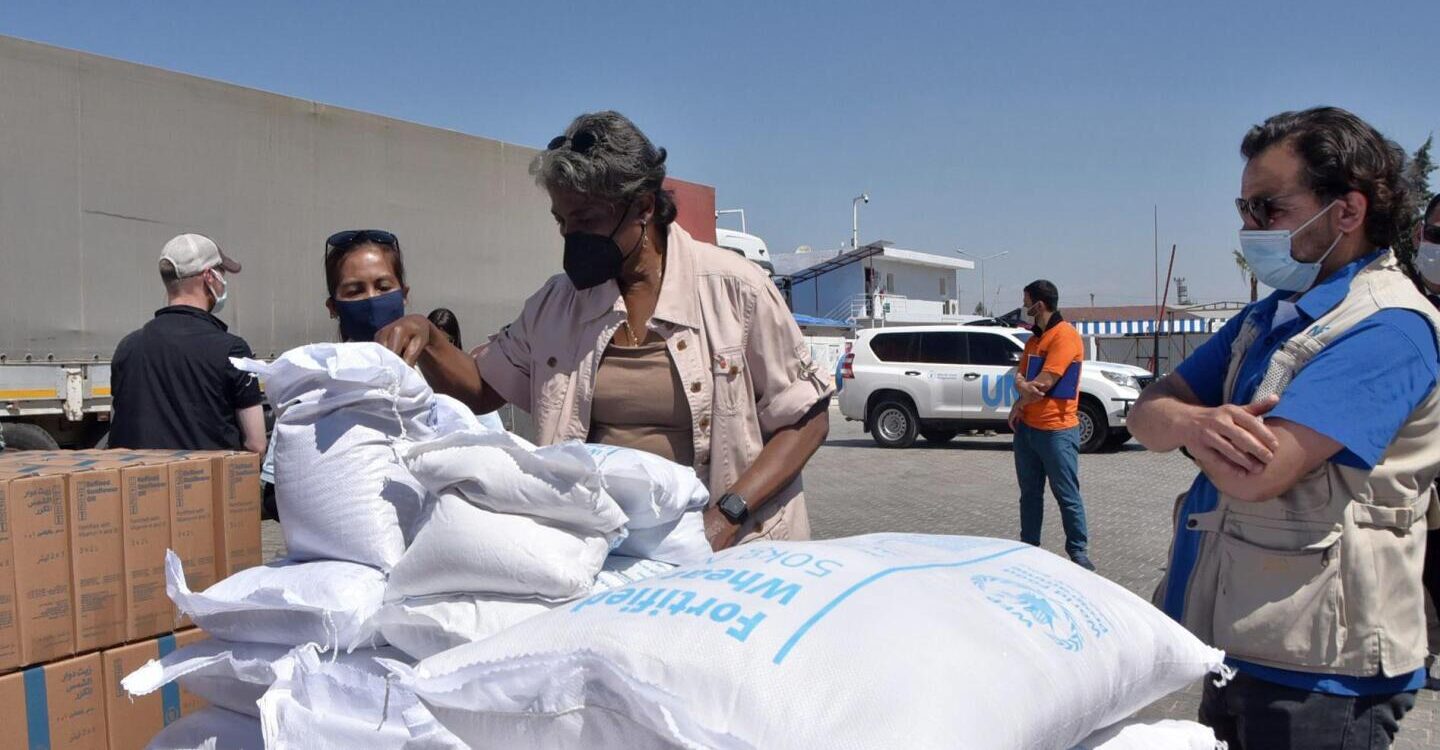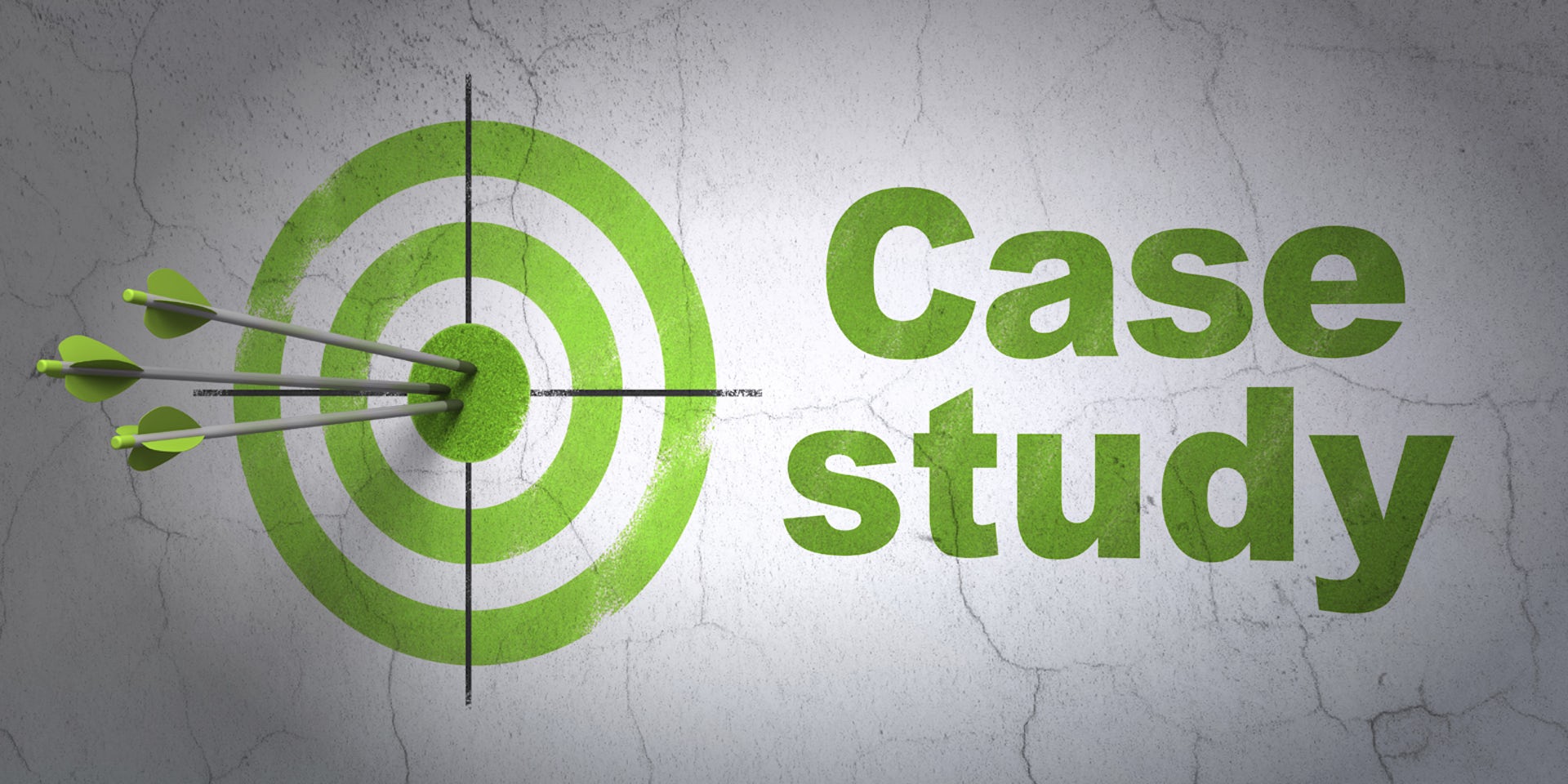USAID blockchain integration is a dramatic change toward modernizing world aid distribution. The Trump Administration has presented a novel idea to include blockchain technology in the United States Agency for International Development (USAID) operations. Declared under a more general “America First Innovation Strategy. The project seeks to use blockchain transparency, efficiency, and security to fight fraud, simplify humanitarian relief, and improve responsibility for international aid. This action might reshape how the U.S. distributes billions in aid as arguments about government expenditure and geopolitical influence intensify. But not without raising questions about privacy, implementation costs, and the politicization of Blockchain systems. This is a detailed overview of the strategy, its ramifications, and future difficulties.
Blockchain Transparency
The Trump Administration’s idea revolves around tracking and verifying every dollar sent through USAID blockchain integration. Which runs over $30 billion yearly in humanitarian and developmental aid, utilizing blockchain. Recording events on an unchangeable ledger. The government hopes to Cut Out Dishiness and Create publicly identifiable financial flows to help lower mismanagement and corruption. Accelerate Payouts Using smart contracts, automate approvals to cut off administrative delays.
Boost Donor Trust Gives legislators and citizens real-time auditing tools. This vision fits the government’s emphasis on “America First” ideas and financial accountability. A Senior White House official said, “Blockchain guarantees U.S. aid reaches its intended recipients—not dictators or middlemen.” Critics, however, wonder if the technology can solve more general problems, such as political prejudice in aid distribution.
Blockchain Could Transform USAID’s
Blockchain technology may completely transform USAID’s activities by improving openness, efficiency, and responsibility in the provision of foreign aid. USAID can monitor fund movement in real-time by using distributed ledgers, lowering fraud and guaranteeing that help reaches intended recipients free from middlemen. By automating payouts depending on pre-defined criteria, smart contracts help reduce administrative expenses and delays.
Furthermore, blockchain’s unchangeable record-keeping guarantees the validity of food aid and medical supplies, strengthening supply chain management in humanitarian activities. Blockchain can also help underprivileged groups with financial inclusion as digital identity solutions improve, simplifying USAID’s goal of promoting world development.
Humanitarian Goods

Food, medicine, and tools would be tokenized on a permissioned blockchain, allowing donors and receivers to confirm shipments from American warehouses to their ultimate destinations. Pilot projects aiming at 2025 are scheduled to target crisis areas like Sudan and Haiti.
Grant Management
Smart contracts would automate conditional aid disbursements—that is, money allocated to democratic changes or infrastructure projects. Payments would be set off when specific benchmarks are reached, therefore lessening dependency on middlemen.
Beneficiaries
Blockchain-based digital IDs would be given to recipients in war areas so they may receive relief directly through mobile apps—even in the absence of a conventional banking system.
Case Studies
Although of hitherto unheard-of scope, the USAID proposal builds on current blockchain projects: WFP or the World Food Program Using blockchain, the WFP’s “Building Blocks” initiative has given food vouchers to one million Jordanian refugees, therefore saving 98% of banking costs. Estonian e-governance For 1.3 million people, Estonia’s blockchain-backed systems guard medical, legal, and tax records.

Tracking Aid from Ukraine Charities like Come Back Alive publicly distributed $200 million in military aid using blockchain throughout the Russia-Ukraine war. These illustrations show blockchain’s promise and drawbacks, including infrastructure dependencies and digital knowledge gaps.
Political Angle
The Trump Administration portrays blockchain integration as a strategic counterpoint to China’s Belt and Road Initiative (BRI), which has been criticized for dubious lending policies. Offering a clear substitute, the United States may boost ties with developing countries dubious of Chinese debt traps.
African continent With China funding $150B in infrastructure since 2010, 60% of USAID’s blockchain trials are focused on sub-Saharan Africa. Under South China Sea concerns, Indo-Pacific Blockchain-based aid might strengthen alliances with countries like the Philippines and Vietnam. A State Department official remarked, “This is about winning hearts and minds, not only about efficiency.”
Conclusion
The Trump administration’s USAID blockchain integration plan signals a turning point for world development and government. Thoughtfully done, it may transform assistance transparency, empower recipients, and reenact U.S. leadership in tech-driven diplomacy. Still, the hazards of oversimplification, invasions of privacy, and politicization loom large. The argument over blockchain in USAID will challenge legislators’ capacity to strike a balance between innovation and equity as the 2024 election draws near. This will decide whether the United States can use technology as a tool for the world’s good.




